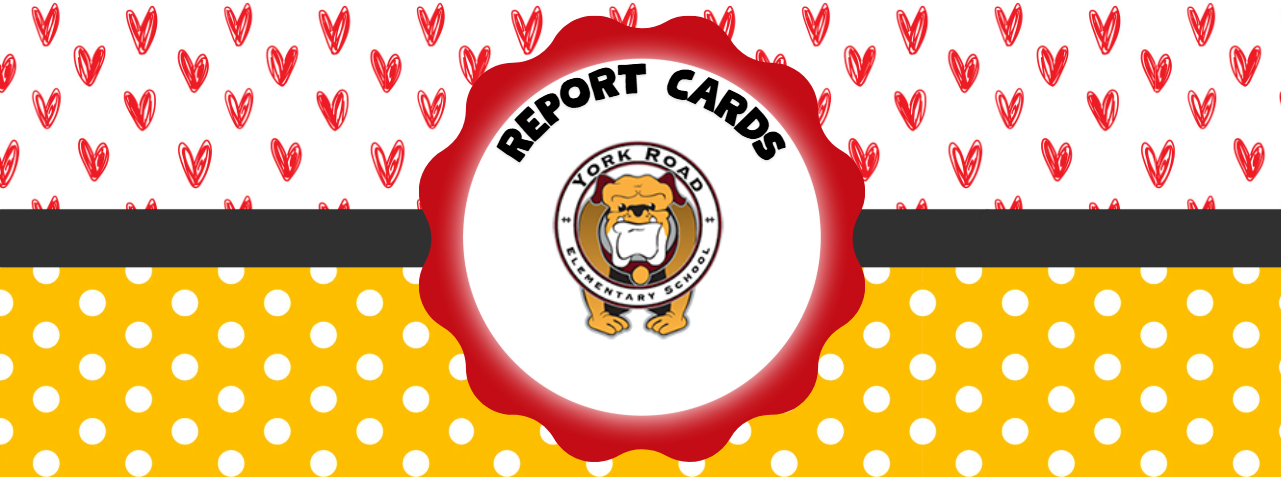-
Report cards are sent at the end of each nine weeks.
Your child's report card is as personal and individual as the child. It is best not to compare report cards among children in your family or in the neighborhood. Children do not develop or learn at the same rate. Therefore, educators work to understand how your child learns best to teach them at their level and rate of learning.
It is recommended that you schedule at least two conferences a year with your child's teacher. If you have questions about your child's work, progress, grades, or other concerns, please reach out to your child's teacher to schedule a conference.K-2: What does this report card really mean?
On the old report cards, parents knew what grade their student "got", but did not know specifically what the student knew or did not know. With the standards - based report card, parents will know exactly what their student "knows" or doesn't know.
Performance Levels
The performance level tells parents how their child performed when compared to the standard. The performance level tells you how close your child is toward mastering the standard. In order for a child to be Meeting a standard (level 3), they must demonstrate proficiency on all indicators listed for that reporting period. A child will receive Developing (Level 2) until they show proficiency on all indicators under that standard. To achieve Advanced (level 4), a child must be working above or showing a depth of understanding beyond the grade level standards. As you can see, the 1, 2, 3, 4 performance numbers are not a match with traditional A, B, C grading.
Example: A child could be Developing on a standard because they met 12 out of 13 indicators. That represents outstanding work. To tell a child that a 2 equates to a “C”, would not be accurate. The focus should be, “You did awesome! You demonstrated proficiency on 12 of the indicators.” This illustrates the real difference between Traditional and Standards Based reporting.
Standards
Please see the grade-level standard information to understand proficient student understanding.
Indicators are the skills required to master a content standard. When an indicator receives a “P”, it means the student is proficient when performing that skill. If there is a "NY” next to the indicator, it means that the child is not yet proficient with that skill. If there is a “T” next to the indicator, it means that the indicator was taught but not yet assessed. That indicator will be assessed during the next reporting period. Indicators that are not marked proficient for one quarter may be marked “P” later as the child has more learning time and more assessment opportunities. This newest version of the report card will grow as the number of indicators taught increases.
3-5: What does the report card really mean?
Once your child enters 3rd grade they begin with the traditional A, B, C grading scale for report cards. The number scale used is:A = 90-100
B = 80-89
C = 70-79
D = 60-69
F = 59 and below
Select a School...
Select a School
- Cherry Park Elementary
- Central Child Development Center
- Ebenezer Avenue Elementary School
- Ebinport Elementary School
- Independence Elementary School
- India Hook Elementary School
- Lesslie Elementary School
- Mount Gallant Elementary School
- Mount Holly Elementary School
- Northside Elementary School of the Arts
- Oakdale Elementary School
- Old Pointe Elementary School
- Richmond Drive Elementary School
- Sunset Park CAS
- York Road Elementary School
- Castle Heights Middle School
- Dutchman Creek Middle School
- Rawlinson Road Middle School
- Saluda Trail Middle School
- Sullivan Middle School
- Applied Technology Center
- Alternative Programs
- Northwestern High School
- Rock Hill High School
- South Pointe High School
- Adult Education
- Virtual Academy
- RHS Enrollment & Verification
- Program Options


